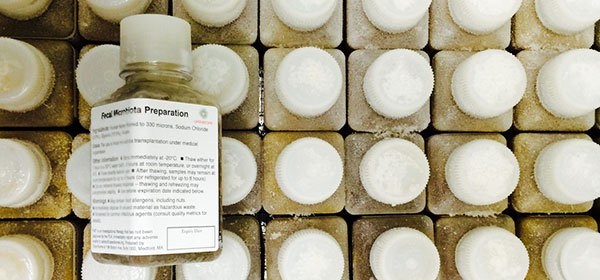While it may sound a bit gross, the practice of stool banking is beginning to take off around Australia.
So, why is there a big push for poo banks?
At the moment, it’s for people who suffer from a kind of intractable diarrhoea caused by a bug called clostridium difficile. This infection can’t be fixed with antibiotic therapy or other medicines, so, the only thing for it is a fecal transplant.
When fecal transplants are used to treat this infection, they have a cure rate of between 81 and 94 per cent.
The Gastroenterological Society of Australia think there should be at least one ‘stool bank’ set up in a public hospital in each state and territory. These banks would house pre-stored frozen fecal samples derived from healthy donors, but not from obese people, as studies have shown that obesity can be transmitted via this type of therapy.
A recent trial, where fecal microbiota was transplanted from obese mice to lean mice, led to the skinny mice gaining weight.
How does a fecal transplant work?
It’s simple really – and quite cost-effective. Basically, processed poop containing ‘good’ bacteria is transplanted directly into the sick patient’s gut through a tube. There’s also the option of a poo pill, which contains purified fecal bacteria made from fresh fecal matter on a patient by patient basis.
The success of fecal transplants in treating clostridium difficile has led to further trials to see if other conditions can be treated using the same method.
Doctors and scientists continue to study the role played by microbiota in other aspects of human health, so it shouldn’t come as a surprise when a ‘Brown Cross’ pops up in a hospital near you in the not-too-distant future.
Read more The Australian Financial Review
Have you, or do you know anyone who has had a fecal transplant? Did you know there was such a thing as stool banking?
Related articles:
Are you pooing wrong?
How farting is good for your health
What your poo says about you

